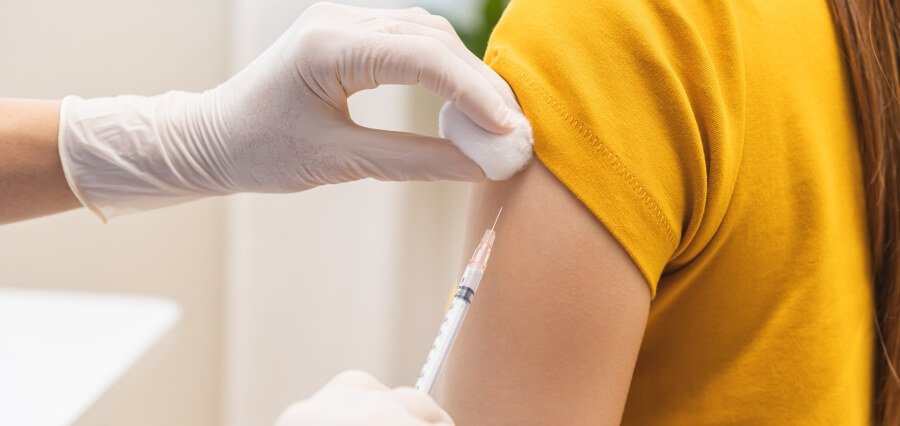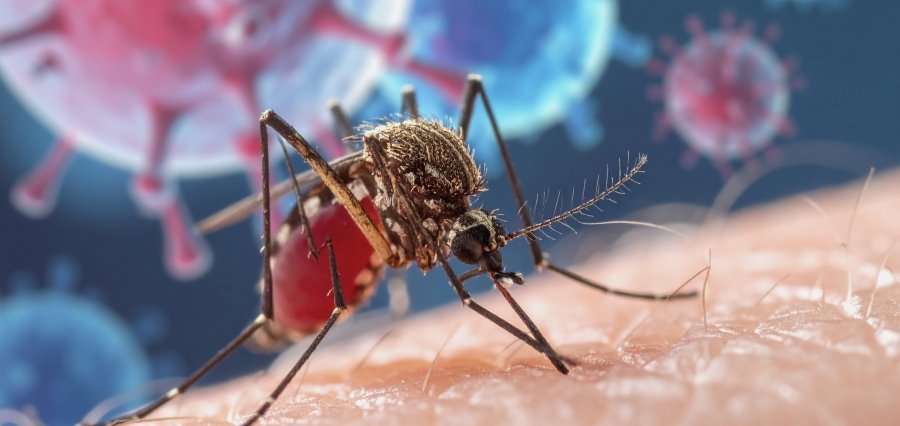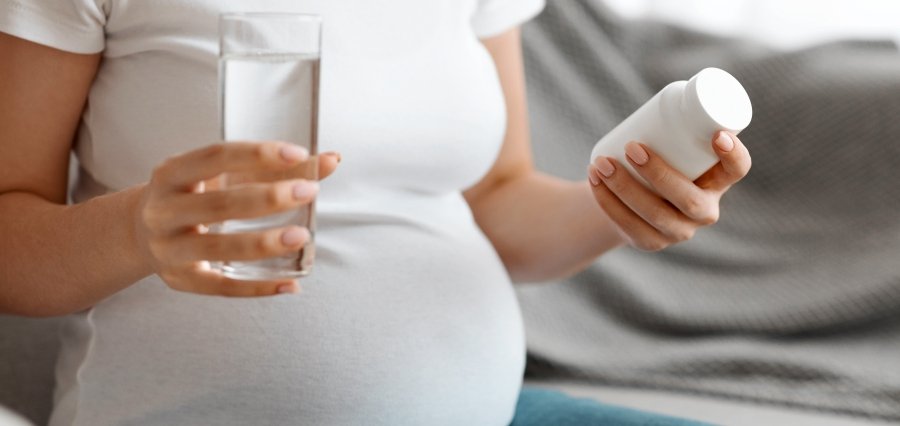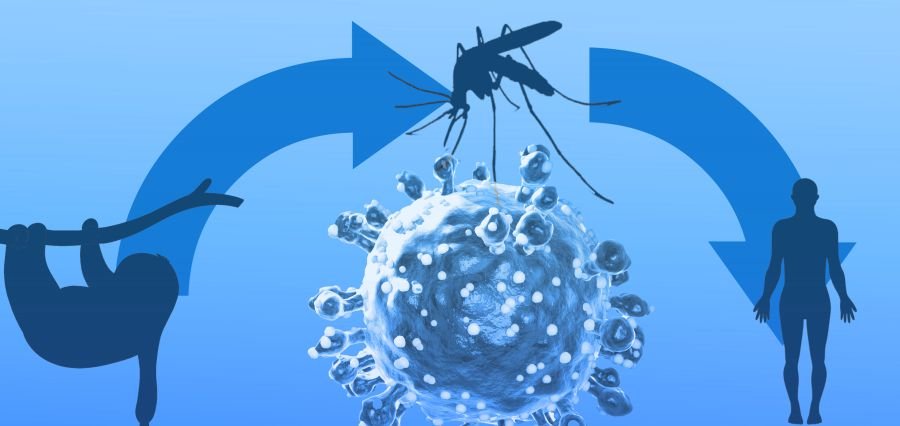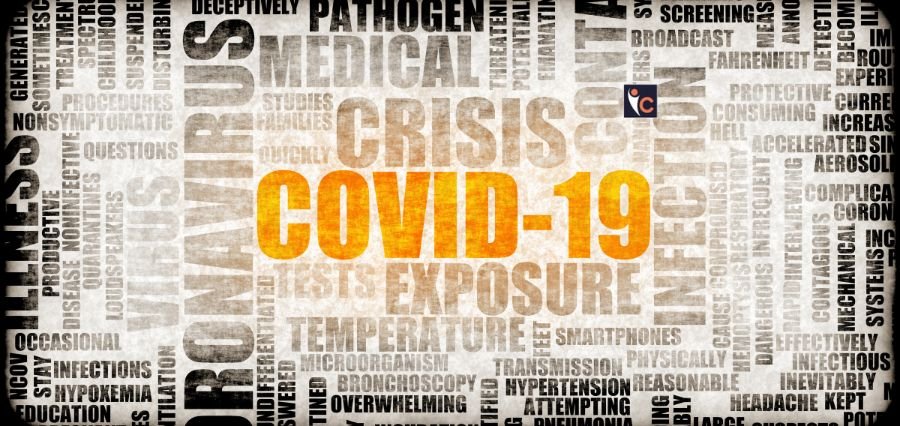Key Highlights
- In-process HPV Vaccine shows Potential in Precancerous Cervical Lesions
- Colposcopic imaging revealed a reduction in lesion size in the participants
- The Vaccine Reported a good safety profile without adverse effects
A small phase II study suggests that an experimental vaccine against human papillomavirus (HPV) is promising in the treatment of precancerous cervical lesions. The vaccine rSFVeE6,7 (Vvax001) is directed against HPV16, the most common strain associated with these lesions. Scientists from University Medical Centre Groningen are hopeful that the vaccine might one day be a nonsurgical option for some women diagnosed with cervical intraepithelial neoplasia type 3 (CIN3).
The study involved 18 newly diagnosed HPV16-positive CIN3 women. The participants received three vaccine doses over nine weeks with monitoring via biopsies and other assessments. It was mainly intended for the observation of histopathologic regression, or a CIN3 lesion improving into CIN1 or being devoid of dysplasia.
Half of the subjects were regressors of their own results with (9 of 18). Of these three, out of them showed complete regression due to the absence of dysplasia. The remaining six have reverted back to CIN1. In the second part, all nine individuals who showed regressors had powerful immunity as demonstrated by the specific T-cell activity against the HPV16 E6-and E7-proteins. Colposcopy imaging revealed smaller lesion size in most of the participants, actually 17 out of 18. The secondary endpoint, clearance of the virus was observed in 63% of participants whose data were available.
Good safety profile for the vaccine was demonstrated. Several patients reported experiencing soreness, redness and ecchymosis at the site of injection while other events reported included swelling in the lymph node, tiredness and aches in muscles but all were mild and had all resolved spontaneously with no requirement for interventions by an average time span of few weeks; there was no severe AE.
According to Dr. Yigit, if promising preliminary results can be confirmed in larger-sized trials, it may be possible that the vaccine obviates surgery in at least half of the patients with CIN3, thereby averting possible complications. This may be one of the most effective therapeutic HPV vaccines reported to date for CIN3 lesions due to HPV16. More and more research should be conducted for such findings to be confirmed and its long-term efficacy ascertained.

